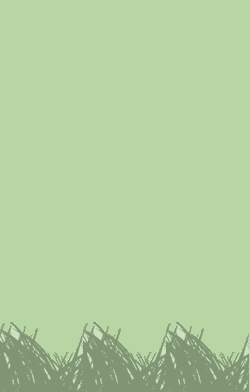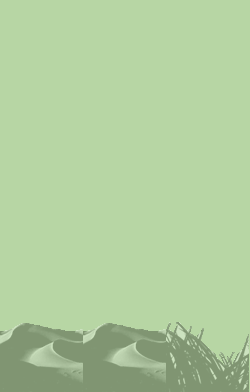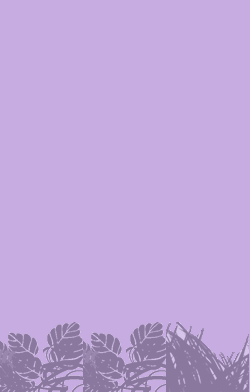For best results print the cards using the Firefox Browser
Cards
(QUICK LINKS: Decks | plants | mammals | birds | | reptiles | fish | cephalopoda | insects | microbe | events
( scientist | project | modifier | technique |)

Lanternfish
Electrona carlsbergi


Sorry, there is no photo available. If you have one, please submit
here
.
5 POINTS
Play: Electrona carlsbergi has a MOVE of 2
Fact: Electrona carlsbergi can also feed on a Zooplankton SPECIES card
cold, cool
Graphic by O'Reillyanimals.oreilly.com/
Lanternfishes (or myctophids, from the Greek mykter, “nose” and ophis, “serpent”) are small mesopelagic fish of the large family Myctophidae. One of two families in the order Myctophiformes, the Myctophidae are represented by 246 species in 33 genera, and are found in oceans worldwide. They are aptly named after their conspicuous use of bioluminescence. Their […] read more

Maize
Zea mays


Sorry, there is no photo available. If you have one, please submit
here
.
3 POINTS
Fact: An ear of Zea mays commonly holds about 600 kernels.
cool, warm
Graphic by O'Reillyanimals.oreilly.com/
Maize (/ˈmeɪz/ mayz; Zea mays subsp. mays, from Spanish: maíz after Taíno mahiz), known in some English-speaking countries as corn, is a large grain plant domesticated by indigenous peoples in Mesoamerica inprehistoric times. The leafy stalk produces ears which contain the grain, which are seeds called kernels. Maize kernels are often used in cooking as […] read more

Erect Prickly Pear
Opuntia stricta


Sorry, there is no photo available. If you have one, please submit
here
.
2 POINTS
Fact: Opuntia stricta produces yellow flowers and purplish-red fruits.
warm, hot
Graphic by O'Reillyanimals.oreilly.com/
Opuntia stricta is a species of cactus from southern North America, Central America, the Caribbean, and northernSouth America.[1] Common names include erect prickly pear and nopal estricto (Spanish).[2] It is an erect or sprawling shrub up to 2 m (6.6 ft) in height, producing lemon yellow flowers in the spring and summer, followed by purplish-red fruits. Opuntia […] read more

Chicken-liver Sponge
Chondrilla nucula


Sorry, there is no photo available. If you have one, please submit
here
.
3 POINTS
Fact: Chondrilla nucula is a favourite food of the Hawksbill Turtle.
cool, warm
Graphic by O'Reillyanimals.oreilly.com/
Chondrilla nucula, sometimes called the “Caribbean Chicken-liver sponge,” is a sea sponge belonging to thePhylum Porifera. It is an amorphous shaped sponge that grows in flat, sometimes bulbous sheets in benthic communities. It is sometimes found in marginal, stressful systems such as caves. Such sponges are white, lacking access to sunlight, and photosymbionts. It is […] read more

Illegal Poaching
Event Card
Sorry, there is no photo available. If you have one, please submit
here
.
Play: Place this card on any SPECIES cards of forest or grassland terrain AND scale of 6 or higher.
Effect: The played SPECIES card is discarded.
Graphic by O'Reillyanimals.oreilly.com/
Poaching has traditionally been defined as the illegal hunting, killing, or capturing of wild animals, usually associated with land use rights.[1][2][3][4][5] Until the 20th century, mostly impoverished peasants poached for subsistence purposes, thus supplementing meager diets.[6] By contrast, stealing domestic animals (as in cattle raiding, for example) classifies as theft, not as poaching.[7] Since the […] read more

Agamidae Lizard
Phrynocephalus horvathi


Sorry, there is no photo available. If you have one, please submit
here
.
7 POINTS
Play: Phrynocephalus horvathi has a MOVE of 2
Fact: Phrynocephalus horvathi population is declining due to habitat loss, a result of human development.
warm, hot
Graphic by O'Reillyanimals.oreilly.com/
Phylogeny within the genus Phrynocephalus is not well understood yet. There is a lack of data and controversy between opinions regarding both phylogenetic relationships and species vs. subspecies status of the different forms Phrynocephalus helioscopus and Phrynocephalus persicus, also called the “helioscopus-persicus complex”. The most recent works[which?] suggest evidence supporting both. In 2008, Melnikov et […] read more